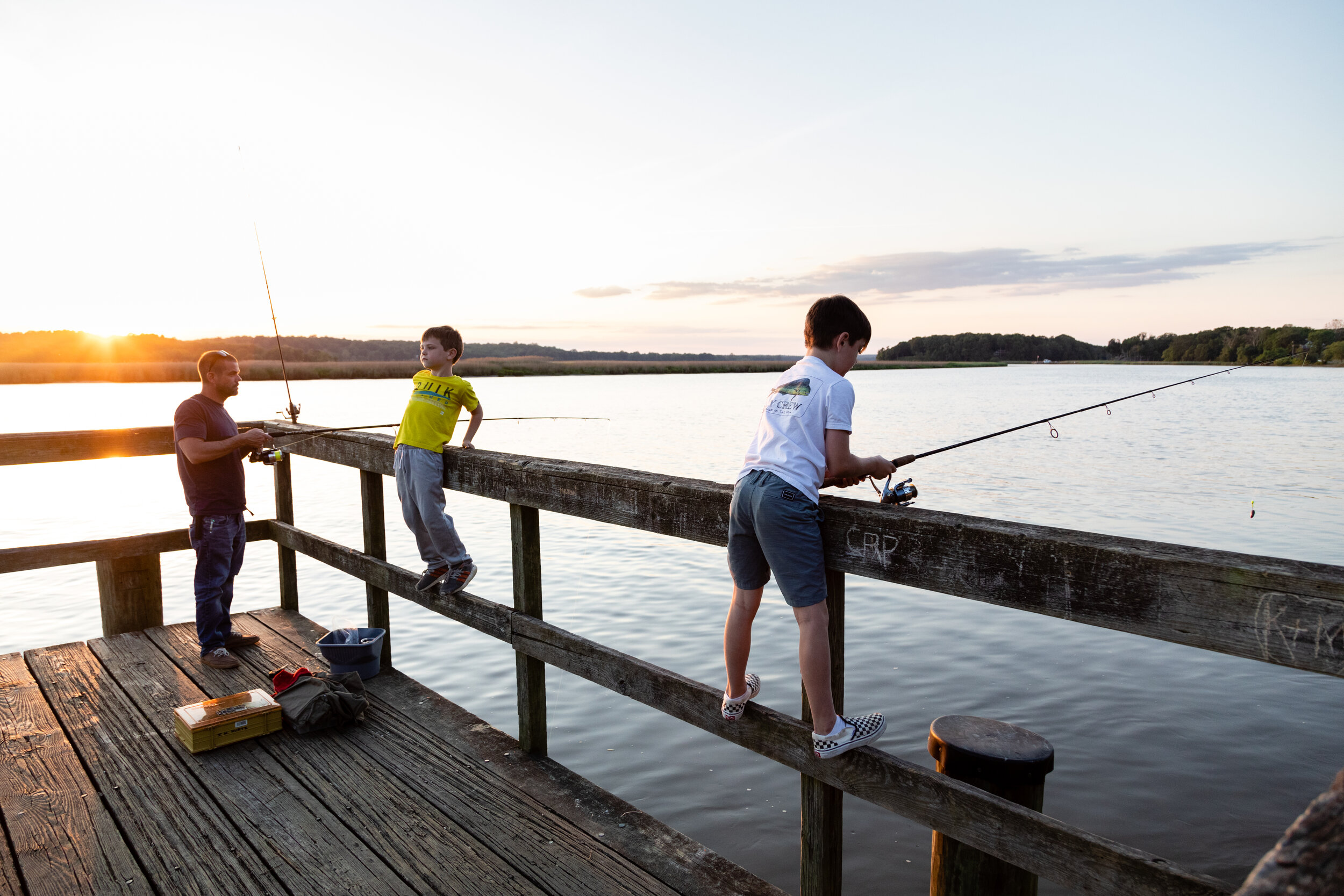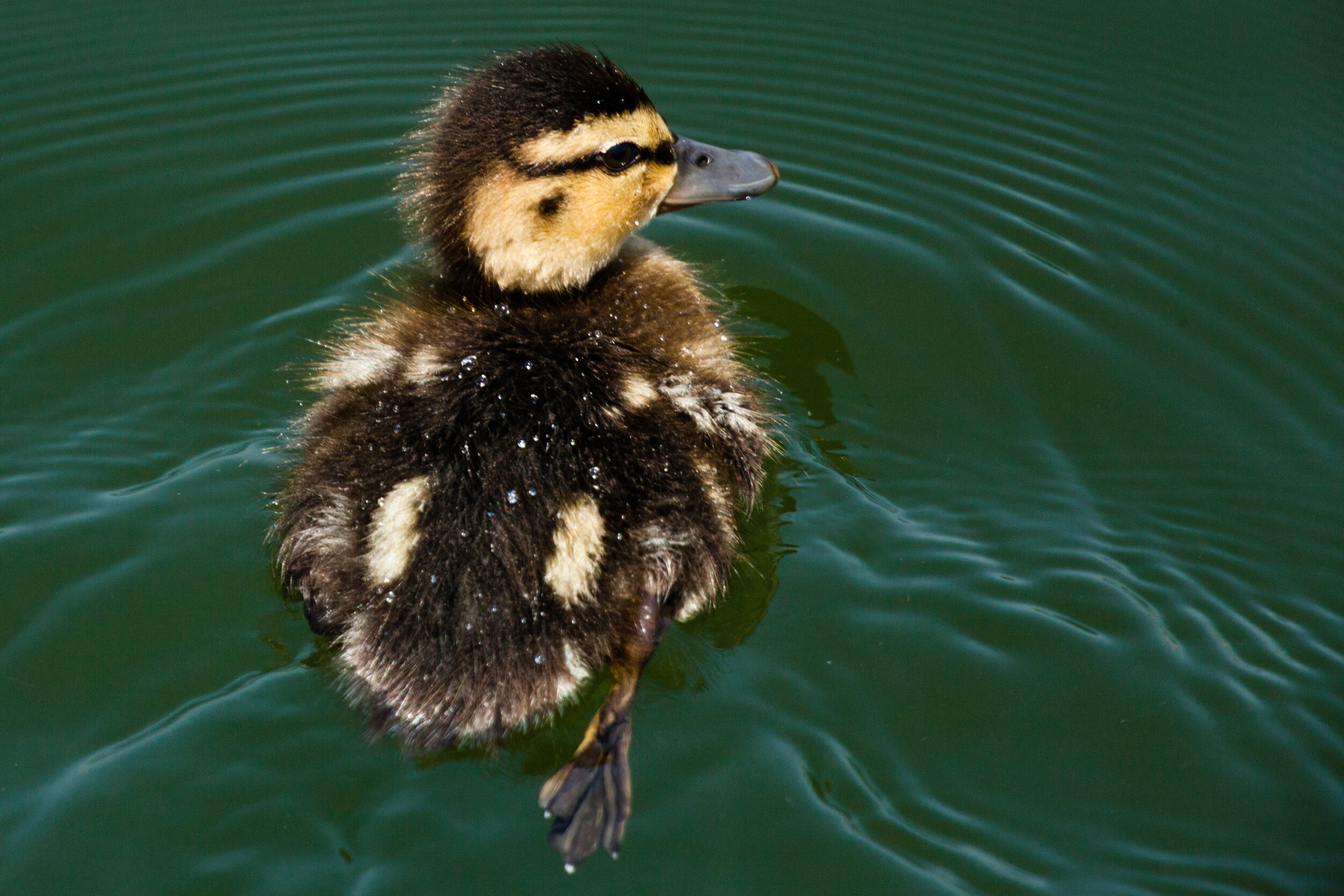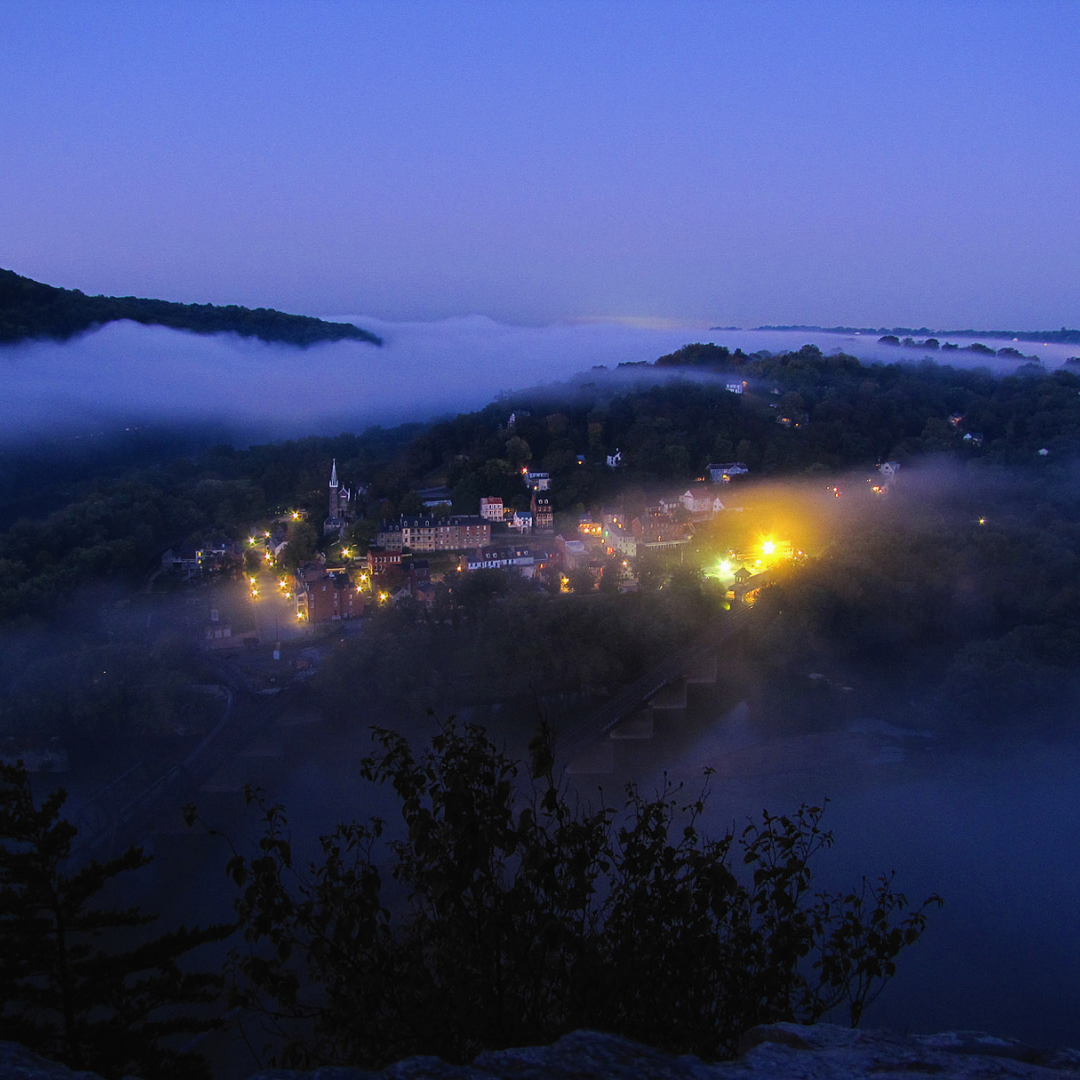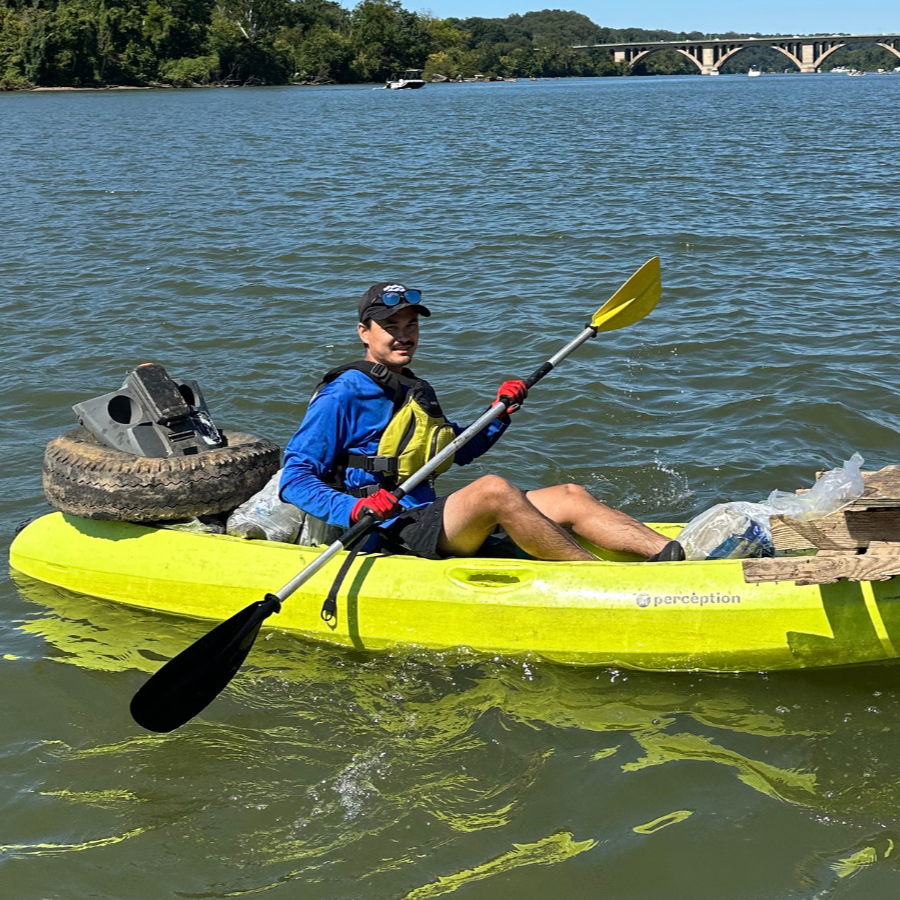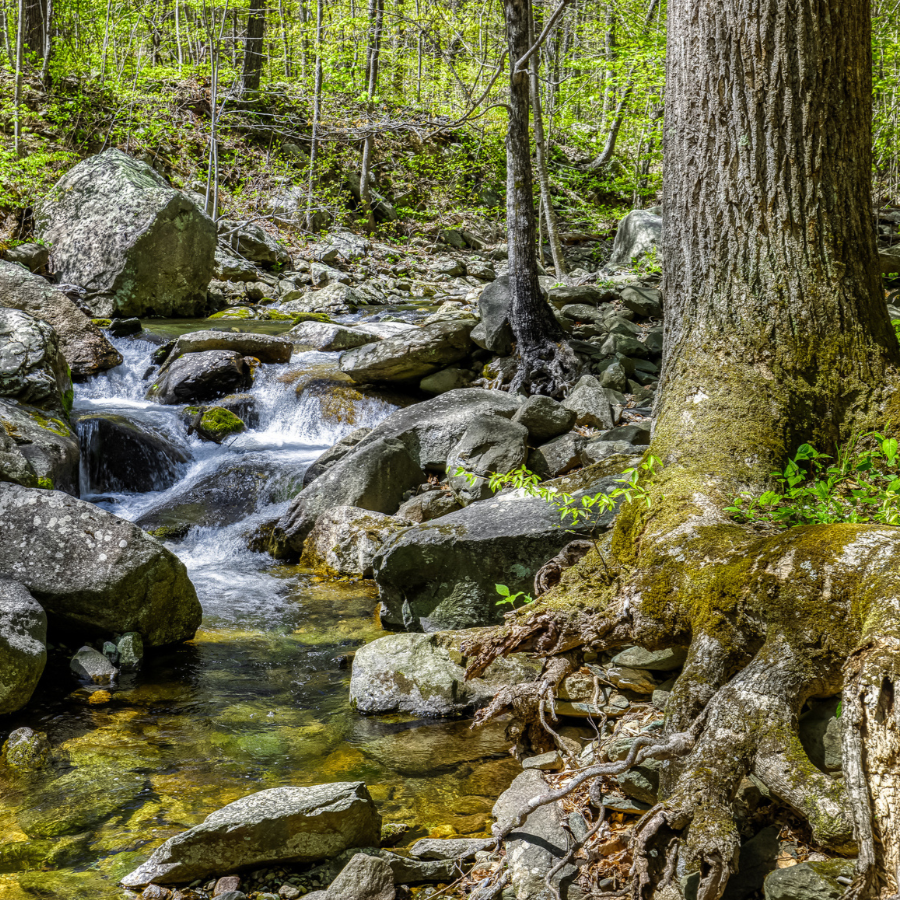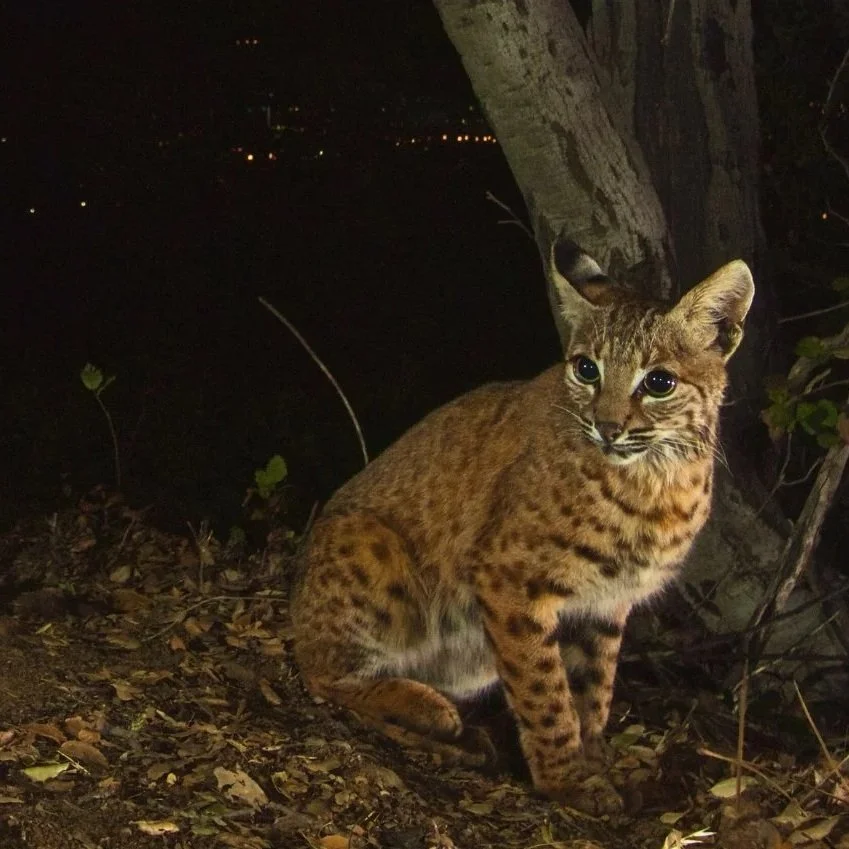7 brilliant ways to relax, destress, and help the Potomac River (at the same time!)
/These self-care techniques also protect clean water and local wildlife
Mutualism is a symbiotic relationship in which both parties benefit. It exists between a bee and a flower - bees use floral pollen for food and flowers spread pollen and reproduce thanks to the bee. Our relationship with the Potomac River is also mutualistic.
The river gives us so much more than clean water - it is a source of fun and tranquility. Science has proven that accessible waterways and green spaces are public health assets. But did you know that by taking care of your mental health and well-being, you can also help the river?
Check out these 7 self-care methods that can help the Potomac - if you do them right.
7. Spot otters!
IMAGE COURTESY OF DAVID SEIBOLD/FLICKR
Trust us, nothing will take your mind off your troubles faster than the sight of an adorable North American river otter. Not only are these playful creatures a joy to watch, they are a sign of hope for our local ecosystem.
The population of local otters drastically declined in the 1900s due to fur-trapping and water pollution, but their recent rebound is an indication of a recovering river.
Now, you can help their population continue to grow, just by keeping an eye out for them (and signs of their existence) through this community science project. They’re not easy to spot - but the hunt for their tracks, scat, and furry faces is the best kind of meditation we know.
6. Get dirty!
PHOTO COURTESY OF THE CHESAPEAKE BAY PROGRAM
“The glory of gardening: hands in the dirt, head in the sun, heart with nature. To nurture a garden is to feed not just the body, but the soul.”
Here’s a hot tip about gardening: doing it in a river-friendly way is actually less work and more affordable. Why? Sustainable gardening and landscaping methods been you’re working with Mother Nature, not against her, and she’ll reward you. For example, in autumn, it’s best to just leave your leaves on the ground to provide habitat for animals and nutrition for the soil - meaning no gas blowers or trash bags required.
If you’ve got a yard, farm, or community-garden plot, here are some expert tips on creating a wildlife-friendly winter garden, using your yard-work to stop polluted runoff, and the restorative power of growing your own food.
Chances are you’re already leaning on time in the outdoors to deal with the pressures of world events and an on-going public health crisis. Whether your preferred activity is biking, hiking, paddling, or climbing, you can make a BIG difference for our community by being a model river citizen.
Set an example for how to care for local trees, animals, and each other by following these simple tips for responsible recreation.
4. Cook, bake, eat, repeat…
Image courtesy of mom’s Organic market
Keep pretending you’re a Great British Baking Show contestant. Experiment with local seafood. Pull a Julie & Julia and work your way through your culinary idol’s cookbook. Cooking and baking require focus that serves as a welcome distraction from your other worries.
Whatever you choose to make as you stress-cook or stress-bake your cares away can be river-friendly, as long as you make the right choices at the market or grocery store. Here are some basic guidelines to follow for choosing ingredients that promote healthy land use and clean water practices.
3. Jog (or walk) & plog
Exercise is good for stress. Accomplishing small goals is good for stress. So combine the two by going a a “plog” - a Swedish trend that combines jogging and picking up litter.
If you've got a pair of shoes, a bag, and the desire to make your community a little bit cleaner, you can be a plogger. (Tip: you don’t even have to run. You can walk.)
2. Go fish
IMAGE COURTESY OF THE CHESAPEAKE BAY PROGRAM
The Washington Post has endorsed fishing as a great “pandemic-friendly pastime” because it is easy to do in a socially-distanced way, requires quiet time on the water, and increases your connection with nature.
They forgot to mention that two of the most fun species to fish for in the Potomac River region are the blue catfish and northern snakehead, which are both invasive. By catching (and eating!) these invaders, you’ll help keep our local ecosystem in balance and protect native fish.
1. Just relax.
ImAGE Courtesy of The Chesapeake Bay Program
Look at this picture of a duck. Listen to the sounds of our local forest. Watch some calming river videos. Go outside.
Basically, do whatever you need to do to take care of you because our local movement to protect and restore the Potomac River depends on your support.
Bonus: Be an advocate!
Want to work out your stress by working to defend clean water laws?
Use your voice to help fight for climate action that protects our local environment >









